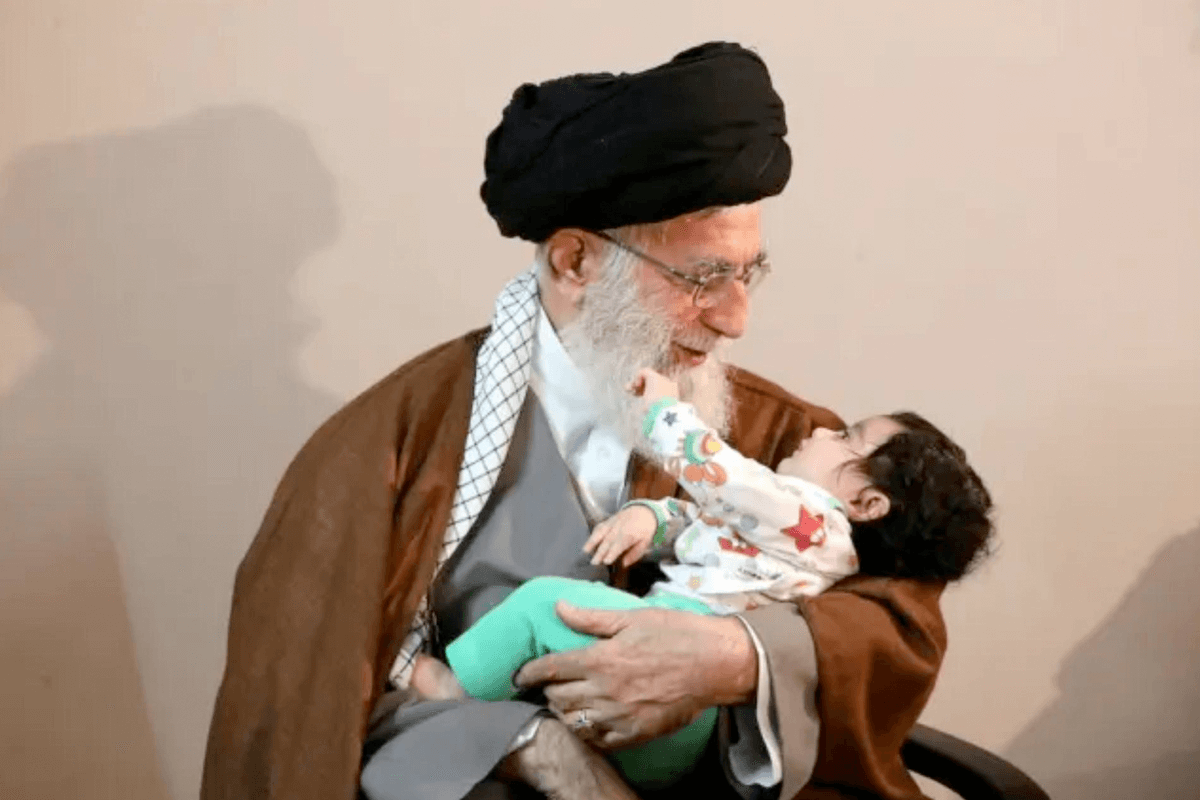
Supreme Leader Ali Khamenei
“Iranian authorities shut down a clinic after, they said, a “volunteer force” had been established to identify doctors and clinics who carry out abortions.
Public Relations of Tabriz Medical Sciences University said in a statement on 8 May that various organisations, including the university, Basij Physicians Militia of the Revolutionary Guards’ (IRGC), the justice department of East Azarbaijan Province and police, identified and sealed the clinic.
At the same time, Saber Jabbari-Farouji, head of the Health Ministry’s Center for Rejuvenation of Population, said that a voluntary group called Nafas (Life) has been formed to help prevent abortions. Iranian media have dubbed the group as “[Anti-] Abortion Patrols”, similar to hijab enforcement units.
Abortions have always been illegal in the Islamic Republic unless the fetus is diagnosed with genetic disorders or carrying the pregnancy to term threatens the woman’s health or life. In such cases, terminations are permitted and legally carried out during the first four months of pregnancy.
An official of the Health Ministry, Soleiman Haydari, told the Iranian Students News Agency on 17 April that annually around 10,000 abortions were carried out legally. Without giving the number of illegal abortions, he said over 70 percent of these were done by midwives, often by prescribing pills, or at home.
Another official of the Ministry, Saeed Karimi, said on 3 April that President Ebrahim Raisi had ordered all government bodies to cooperate to stop the supply of abortion pills. Karimi also said the laws regarding illegal abortions were more strictly enforced “recently” and that all pregnancies were being documented to prevent illegal abortions so that the population of the country could grow.
The childbirth rate in Iran has been steadily declining over the past few decades. In the early 1980s, the population growth rate reached 4.8 percent. This rate has dropped to below one percent in the past few years, well below replacement level.
Iran’s Supreme Leader Ali Khamenei believes efforts to increase the country’s population are among the most urgent duties and essential policies of the Islamic Republic as the leading Shia country in the Muslim world. Iran in recent years has promoted marriage and having children as a response to an ageing population. Some religious figures have joined the campaign. Ayatollah Jafar Sobhani in 2014 warned that the Saudis – where the ruling Saud family is Sunni – were plotting to obliterate the “absolute majority of Shiites in all Iranian cities”.
Iran’s population has doubled from around 40 million in the early 1980s to 84 million, but a declining birth rate means the median age at 32 is about the same as Saudi Arabia at 31.8, but higher than Iraq at 21.
Khamenei has repeatedly stressed that Iran’s population needs to increase to 150 million to avoid becoming a land of old people. The population is projected to peak at around 100 million by 2050.
In response to Khamenei’s calls, the parliament, dominated by hardliners, approved a law in March 2022 requiring state entities to encourage marriage and childbearing. The law banned public health services offering family planning, including contraceptives, vasectomies and tubectomies as well as free dispensation of contraceptives other than where pregnancy would threaten a woman’s health.
Critics of a population increase policy say that the Islamic Republic has not been able to boost living standards, with more than 35 percent considered to be living under the absolute poverty line, according to official statistics, and many more living in increasing hardship despite having multiple jobs.”
SOURCE: Iran International, by Maryam Sinaee, 10 May 2023



